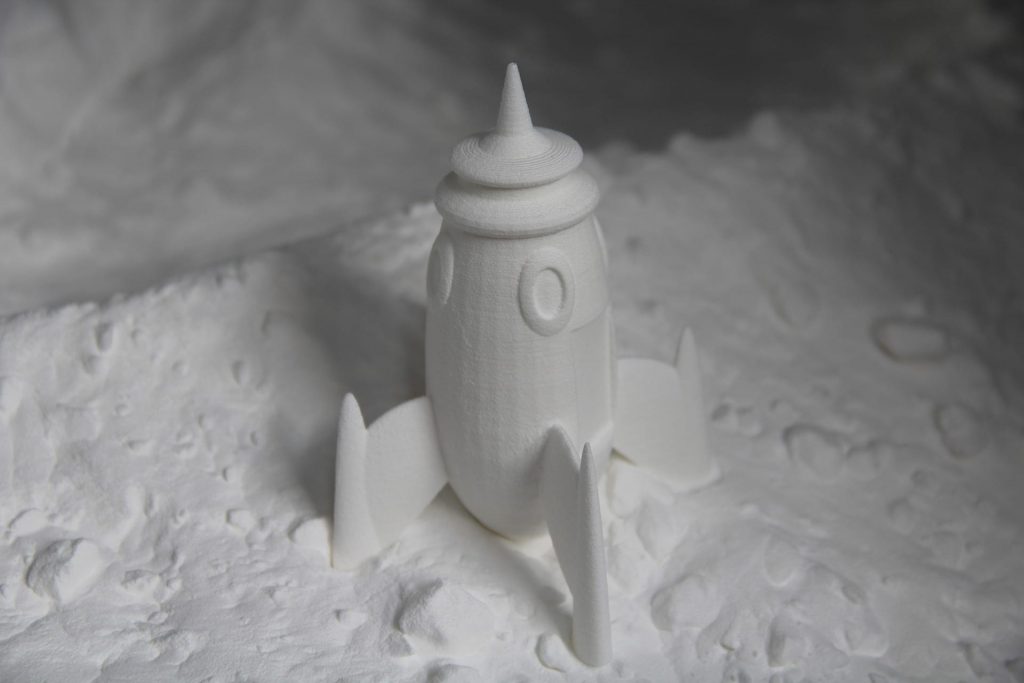
All advantages of 3D printing, demanded in industry, medicine, education, highly open the door and in the cinematograph, where it is possible to create layouts and technical information. Three-dimensional modeling allows to see the future scene more before its production and to work a shooting plan.
In the process of creating a film, you need to make a huge number of elements that convey to the viewer the atmosphere in which the action takes place. Scenes with monsters are worked out or details of the historical era are transmitted — everywhere physical objects that are the hallmark of the film are certainly needed. The film industry is traditionally demanding on details, the quality of the surfaces of the models used for shooting is especially important because they are always the subject of close attention. However, it is important not only to convey the director’s intention but also not to exceed the film’s budget. Everyone who starts experimenting with new technologies and solutions must be sure that this will not require additional costs.
3D printing makes it possible to realize the most daring ideas. For example, when shooting the First Man movie, we used smaller Apollo 11 capsule models and Saturn V rockets, which allowed us to shoot scenes in miniature without complicated full-scale scenery. They were created on two BigRep One 3D printers in less than six months.
Technological innovations for shooting scenes, the use of various software products that allow you to visualize space, make it possible to make each film not only a masterpiece of art but also a technical masterpiece. Additive technologies make it possible to provide any scene with the necessary natural samples of the highest quality in the shortest possible time, organically complementing the capabilities of 3D graphics. One of the first examples of the use of 3D printing was the production of demogorgons by Aaron Sims Creative, which produced samples for the film “Very Strange Things”. Another application is animated cartoons, such as the Harlock Space Pirate, for which models using the EnvisionTEC 3D printer were made. 3D printing technologies for creating animated films are, perhaps, even more, relevant because they require more decorations.
A notable story is the use of 3D printing by Aaron Sims Creative, which first performed mock-ups with partners, then acquired the first 3D printer and subsequently developed its mock-up competencies.
It is obvious to everyone that the entertainment industry has become an independent segment of the 3D printing market, and we will see its rapid development in new projects in the coming years.
Picture Credit: Pexels
